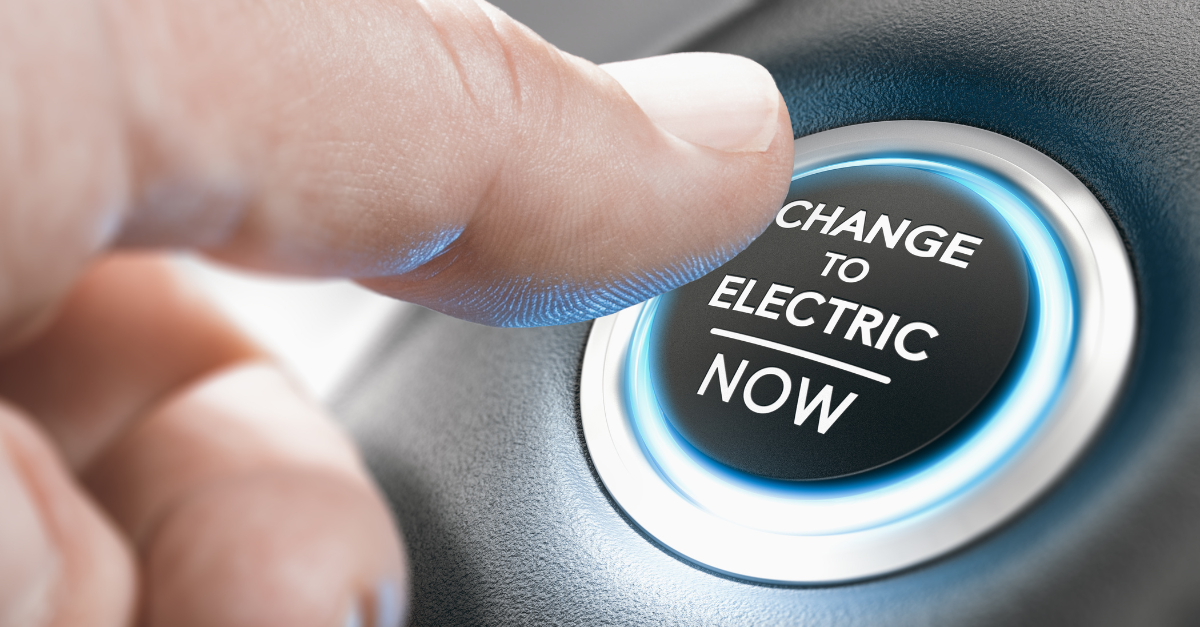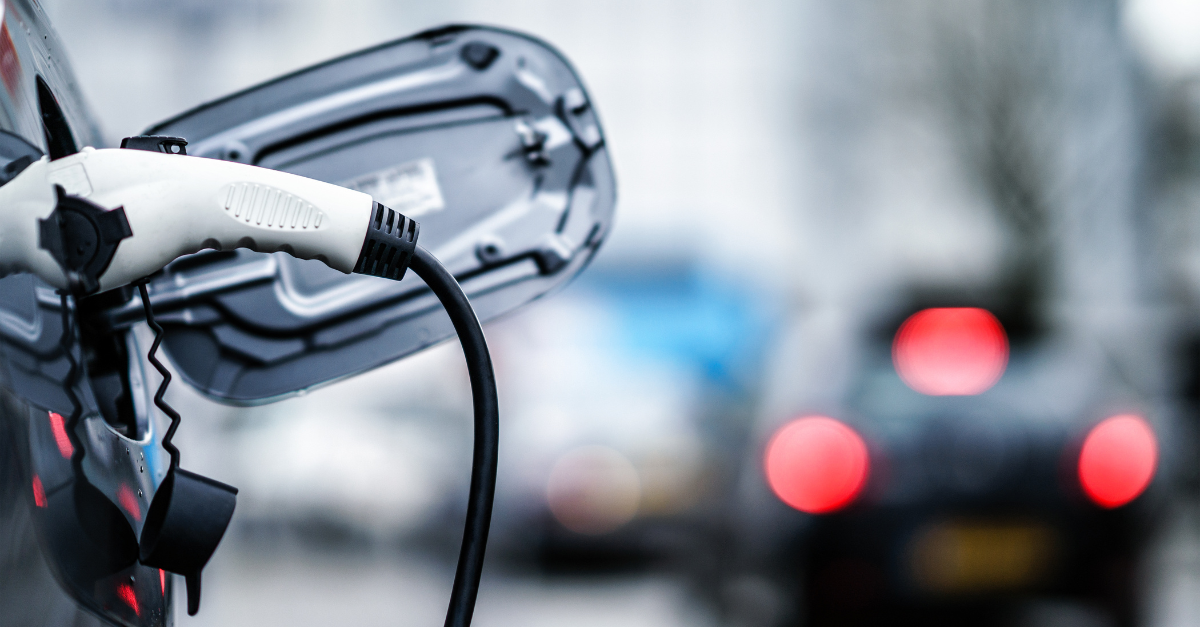The Move Towards Electric Vehicles
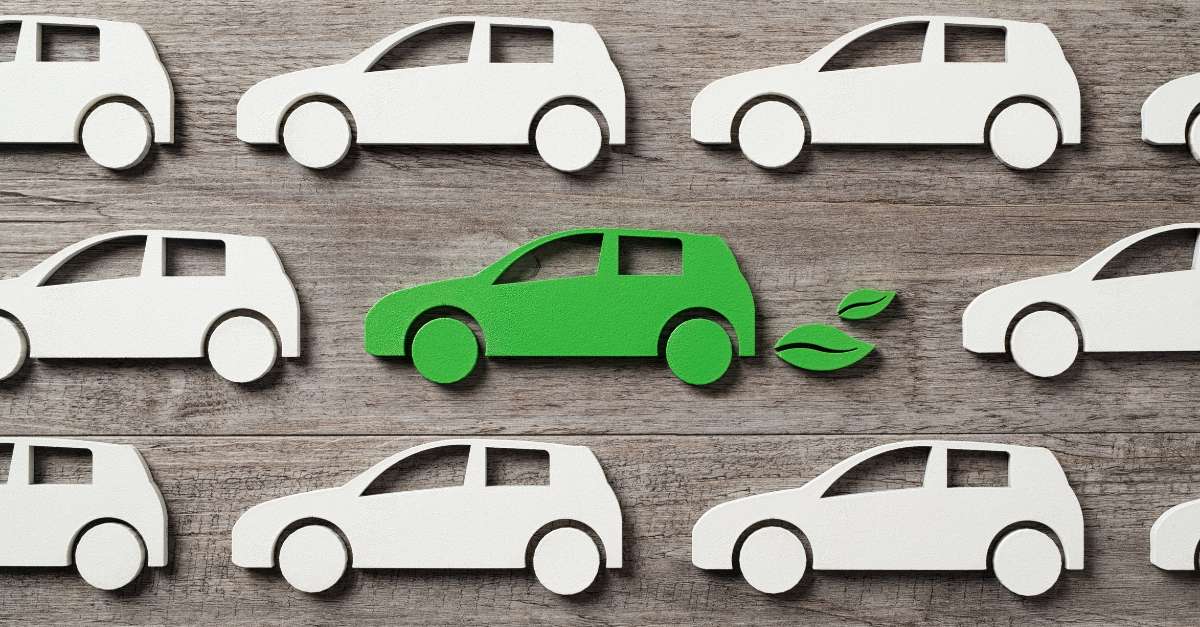
Electric vehicles are becoming part of our every day life. We take a deep-dive into the move towards electric vehicles.
The scarcity of manual gearboxes in car makers’ ranges is echoed in new-car sales figures. Data shared by the Society of Motor Manufacturers and Traders (SMMT) shows 24% of new cars sold in 2011 were ordered with an automatic gearbox. This has resulted in a rise to 62.4% in 2021.
This momentum has also been recorded in the choice of model to learn in by learners. Learner drivers are more likely than ever to take their driving test in a car with an automatic gearbox. This in turn prevents them from buying a manual used car as their first vehicle.
The Driver and Vehicle Standards Agency (DVSA) told Carwow that 5.2% of candidates took their test in an automatic in financial year 2010/11. This proportion had more than trebled by 2021/22, when 15.78% of driving tests were conducted in automatic cars. The rise in the popularity of electric vehicles in order to better protect the environment is also a key feature of their preferences. This is being reinforced by the government’s banning of the sale of new petrol and diesel vehicles from 2030.
“The real death knell for manuals will sound when the proportion of candidates taking their driving test in an automatic car overtakes those doing so in a manual,” adds Griffiths. “This will signal that knowing how to change gear manually is neither useful nor interesting to most of the population. Given current projections, that time will come in a little over a decade.”
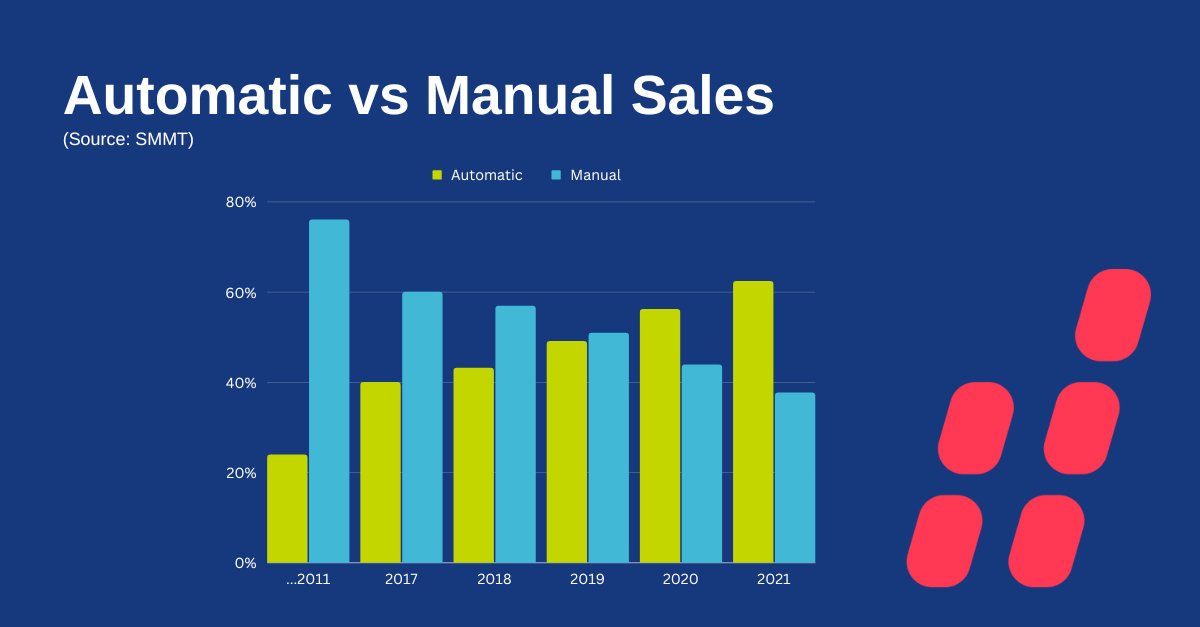
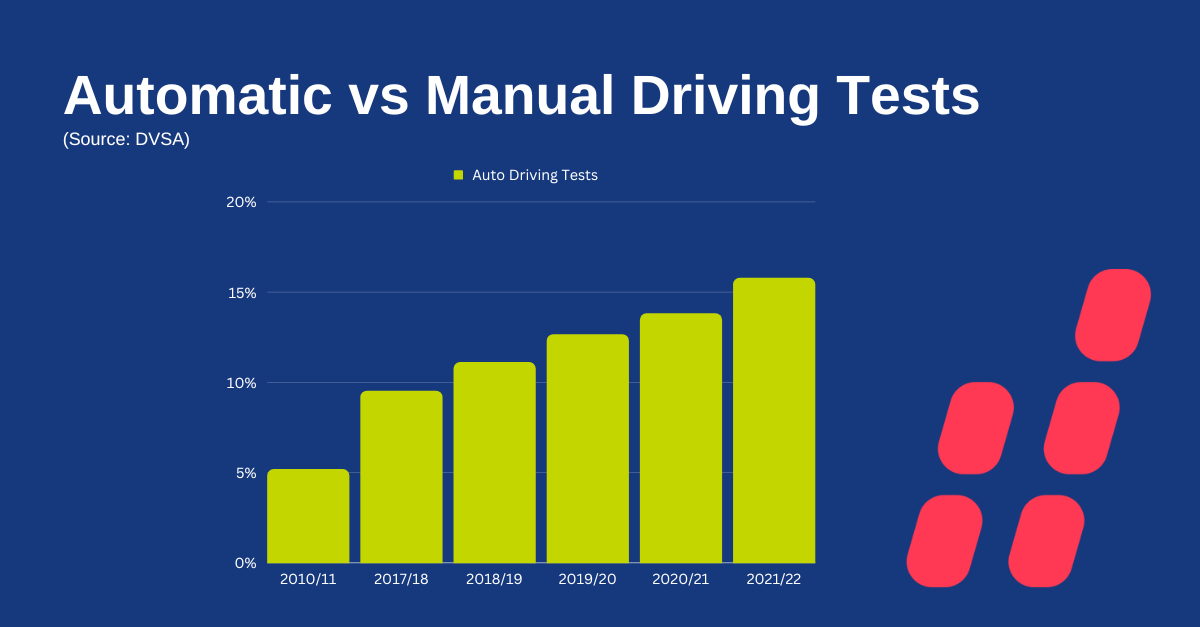
Around three in five 17-to-24-year-olds plan to bag an automatic licence rather than a manual one, according to a recent survey from road safety charity IAM Roadsmart.
What will the future of learning and tests look like for drivers once electric vehicles becomes the norm?
Meanwhile, Anthony Johnson, director at driveJohnson’s suggested that tests could expand to include autopilot features such as self-driving and auto parking. He also noted that while these features could become an integral element of future electric car tests. At the moment learners can use any feature on the vehicle they are driving such as cruise control, parking sensors, and lane assist during their tests.
Anthony adds: “I think anyone who is capable of learning in a manual car should take manual driving lessons. Obviously, if someone is really struggling to grasp a manual gearbox, then they should consider automatic tuition. Anyone who is a car enthusiast will appreciate the choice of being able to drive manual or automatic transmissions. As they get older, they may want to purchase classic cars and, with an automatic-only licence, their choice will be extremely limited and may choose to obtain a manual licence later in life.”
He also suggests the UK’s rapid move towards electric vehicles is too hasty, and that there’s still a long way to go with calls for installing more charging points and introducing more green incentives.
Anthony added: “My apprehension is that the UK will run before it can walk properly in regards to electric cars. The Government have stuck a flag in the ground for 2030 and 2035, I personally don’t think we will be ready for these changes. I can see the wealthy moving over to electric easily, but I cannot see how families living in terraced houses and tall flats with a lack of parking availability will be able to charge their electric cars.“
Automatic lessons are growing more popular, with 13.8 per cent of drivers opting to take their test in an automatic car in 2021 – a 10 per cent rise on 2008.
However, experts believe that manual driving tests will continue to be the more popular test choice for new drivers and that they shouldn’t be abandoned just yet.
Anthony adds: “For the next three to five years, I don’t believe we will see any major changes to the driving test. Although the demand for automatic driving lessons is steadily increasing, it’s not moving fast enough to warrant any significant changes to the driving test at this time.“
When asked if automatic driving tests are likely to continue to grow in popularity, he said:
“Yes, but not as quick as you would think. In 2019/20, there were 1,780,113 driving tests conducted, of which 202,506 were conducted in an automatic vehicle.“
Some wannabe drivers may feel learning in an automatic car is easier and safer than in a manual, as drivers can spend more time focusing on the road, especially at crucial points, such as changing lane or approaching a roundabout.
Petrolheads, however, will often say that manual cars are better to drive, as the gearboxes give the driver more control, are easier to maintain and cheaper to fix – and can also make you a better all-round driver.
Anthony also says there is the cost to consider as well:
“Most 17- to 20-year-olds are on a low wage or are still in education. If you compare second hand 2016 registration Vauxhall Corsa’s in manual to the automatic equivalent on Autotrader, there is a difference in cost of approximately £2,000. There also happen to far more manual versions available (3,364) than automatics (498). Most of this age group will be looking for a cheap car once they pass their driving test, typically opting for hatchbacks as they tend to be in the lowest insurance groups. Until we see more affordable used automatic hatchback and/or electric vehicles for sale, the demand for automatic driving lessons will not increase as quickly as many people believe.”
The same can be said of the second-hand electric vehicle market – with not as much quality stock available, young, first time drivers are unlikely to make it their first purchase.
The chief executive from RED, Seb Goldin, also said the demand for automatic lessons is likely being driven by the move towards electric vehicles, but does not expect the demand for manual tests to start declining anytime soon. He said:
“Consumer demand is still in favour of learning to drive and passing the test in a manual car as this keeps all driving options open both now and in the future. However, there is certainly a growing appetite for automatic vehicles. This in part can be explained by the growing popularity of electric vehicles as we work in line with government net zero targets and approach the 2030 ban on the production of new petrol and diesel cars.”
The UK is facing a “perfect storm” of trouble for electric vehicle owners due to the lack of qualified technicians and the higher cost of repairs, according to one industry expert.
Recent data from the Institute of the Motor Industry (IMI) revealed only 6.5% of the current motor mechanic workforce is qualified to service EVs. And with forecasts of around 90,000 needed by 2030, that means a shortfall of 75,000 who will need training in order to remain on course for the Government’s zero-emissions target.
Now leading motoring association MotorEasy has highlighted the higher cost of repairs for the growing fleet of plug-in models as another cause for concern. Using its own exclusive repairs and reliability data, MotorEasy has pulled back the curtain on the relative price of basic garage repairs. And it found some come in at up to 400% higher for EVs than their combustion engine counterparts.
For example, a coolant pump repair for a BMW i3 – carried out by one of MotorEasy’s registered and approved garages – costs a whopping £2,293.99. That’s compared to around £400 at a franchise dealer for the same part on a BMW 3 Series petrol model.
MotorEasy founder and CEO Duncan McClure Fisher said:
“EVs are generally very reliable and while we’re seeing increasing numbers coming through our workshop, proportionally they remain much lower than petrol and diesel. That is no doubt due in a large part to them being relatively new. But as these vehicles age, there could be other unknown faults that emerge. And the costs of these repairs are going to be higher for two reasons: the huge shortfall in qualified technicians, which will mean repairs can only be done in fewer workshops, and the fact so many electrical motors are used throughout EVs that replacing even a basic part can be much more expensive.”
MotorEasy was the first UK company to offer a specialist EV battery warranty and Mr McClure Fisher says the market is set to rocket in the next few years, especially following the recent fuel crisis that turned the spotlight on petrol and diesel supplies. He also outlined some of the advantages, alongside the reduced running costs, they have over their traditional rivals.
“The main one is having far fewer moving parts, therefore fewer things to go wrong,” he said. EV engines are made up of around 20 parts as opposed to thousands in traditional cars, and of course there are none of the standard repairs such as oil changes, cambelt and filter replacements. EV engines do need servicing though, with a simple diagnostic check picking up on any potential issues. The batteries have no moving parts, but will also need monitoring for any damaged cells.”
Other factors to be aware of when taking the plunge into the world of electric vehicles is increased tyre wear – due to the extra weight of the battery – and the knock-on effect on the braking system and wheel alignment.
Our thoughts on the move to electric vehicles
Whilst there is talk around electric vehicles and the demise of petrol/diesel cars, having chatted with our Instructor network we are seeing the following trends:
- Instructors are embracing the word ‘hybrid’ but there is still an air of confusion of what this means and that this refers to both manual/auto and petrol/diesel
- Price is a deciding factor for many Instructors. The forums are awash with topics on lesson pricing, cancellation charges, upfront payments, card reader payments, block bookings etc. Until there is parity and the industry decided to push up pricing on a more national level then I cannot foresee the majority making significant changes until they are pushed down that route. We saw this with diesel sales over the past few years
- Quotes for automatic dual control vehicles have increased ca. 10% over the same period in 2021. Dualdrive have been ordering and delivering more auto than ever, however this number is still small compared to standard manual vehicles. The most popular vehicle is the Yaris Hybrid as it’s a well-known car and known for its economy and reliability
- Many Instructors don’t appear to be fully confident to go automatic unless they are solely in an urban environment. We have had a handful of Instructors who have informed us of having 2 cars to teach in to maximise their client base. This does appear to be changing and is definitely a ‘hot’ topic and exciting to see the changes being embraced
- Lead times on electric vehicles continue to be considerably longer than for petrol engines – on average 6-9 months, however some petrol engine cars have taken this time or longer so it’s all dependent upon individual Manufacturers and production priorities
- There is a ‘buzz’ amongst the front runners in the Industry and more and more tales of success in the forums as an EV Driving School is a niche. The word ‘Mobility’ has been used a lot over the past few years, this, for an increasing sector of the population, is going to change the concept of owning/leasing a vehicle to using a car via an app/car club for as/when required. With this brings the thought process that it’ll be desirable to learn to drive in an EV even if that pupil ultimately chooses not to directly own one
- Government electric vehicle grants have been steadily decreasing, in Dec 2021 it dropped the grant from £2500 to £1500 and the list price of the vehicle had to be no more than £32k (down from £35k) it has achieved its aim of helping to grow pure electric car sales, with less than 1000 in 2011 to more than 175,000 in the first nine months of 2022. Interesting to note that whilst there has been a growth of 40% on the same period in 2021, the vast majority of electric vehicles have gone to the public sector and company vehicles
